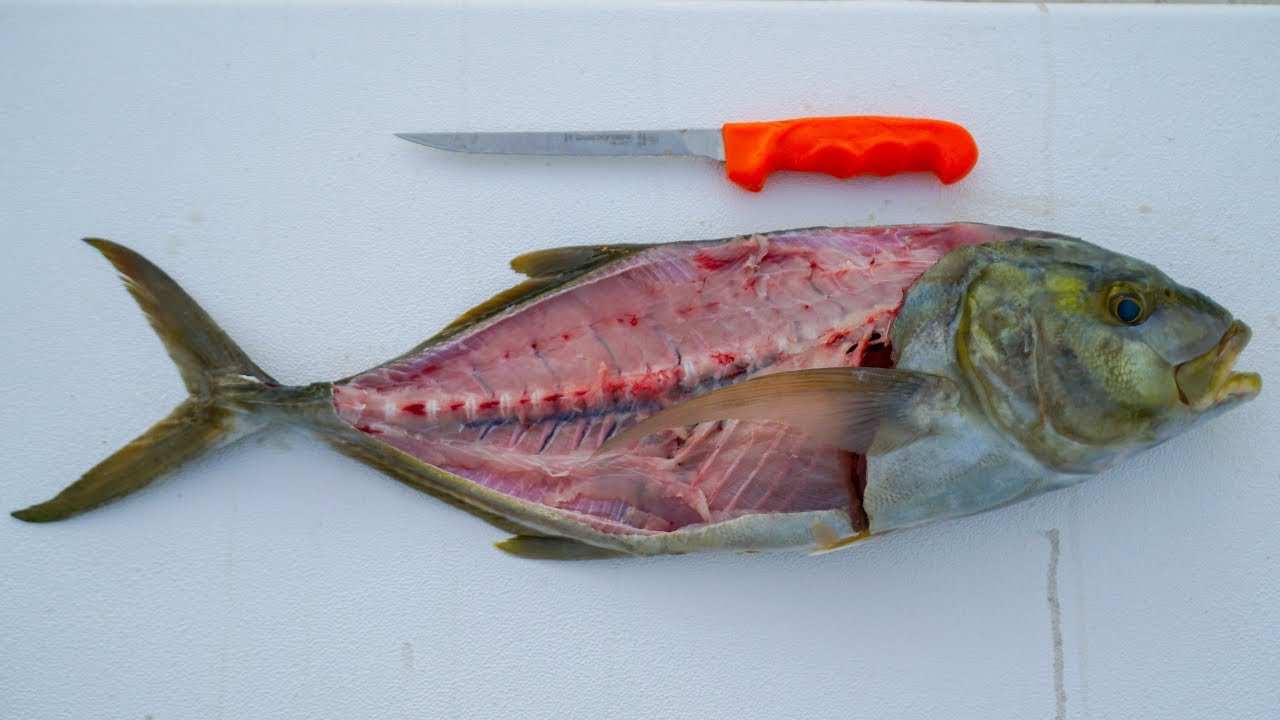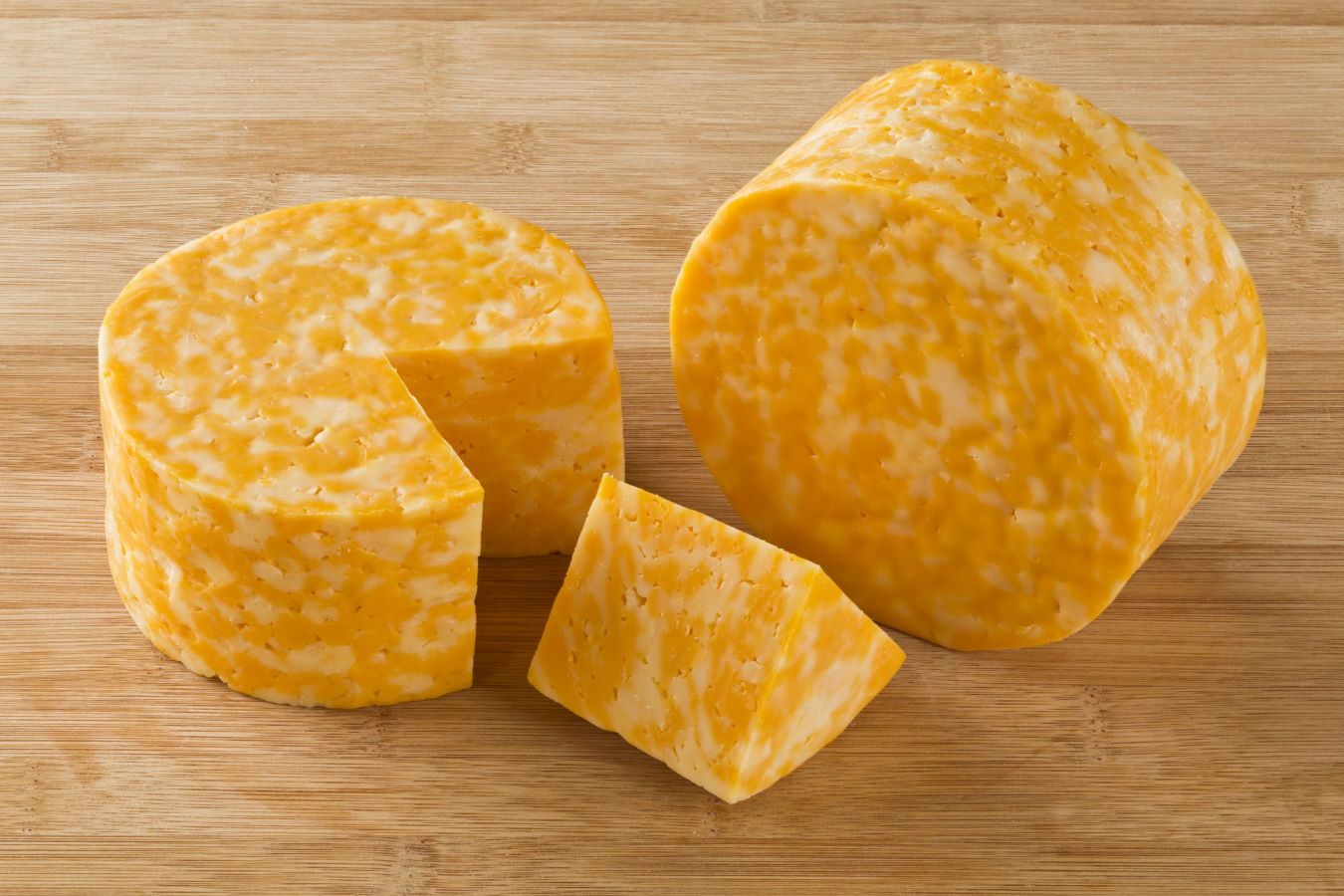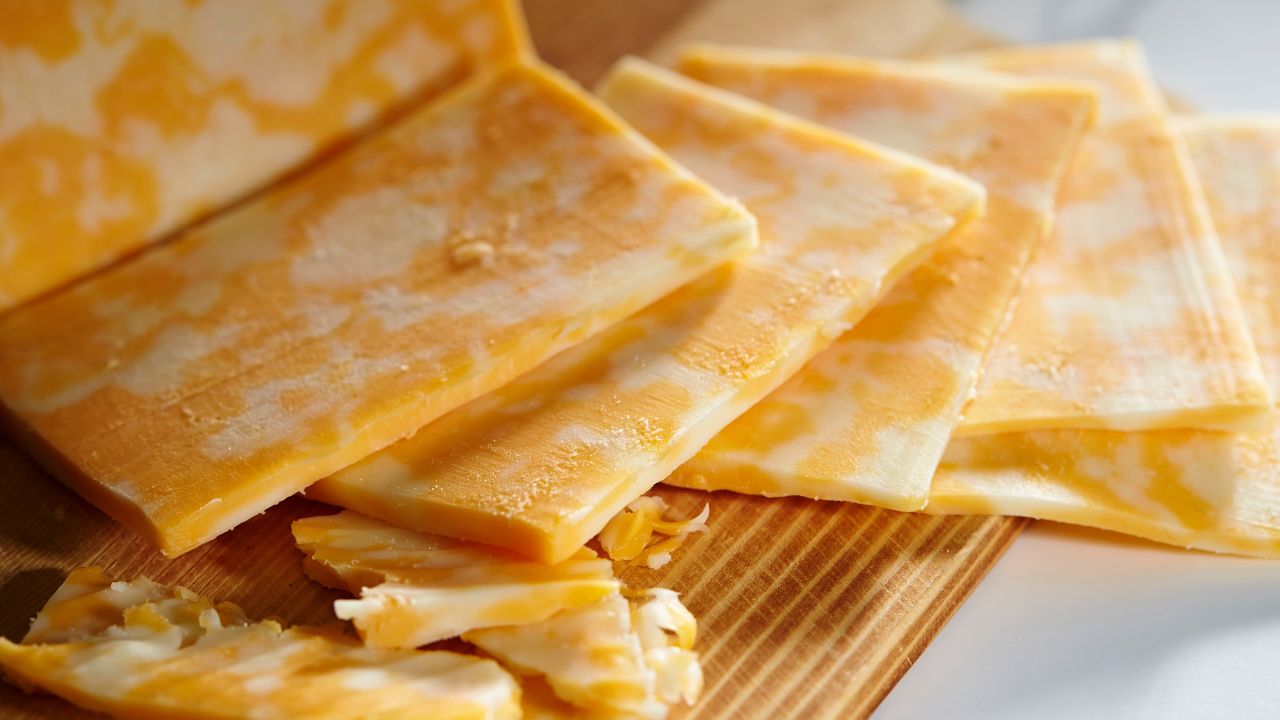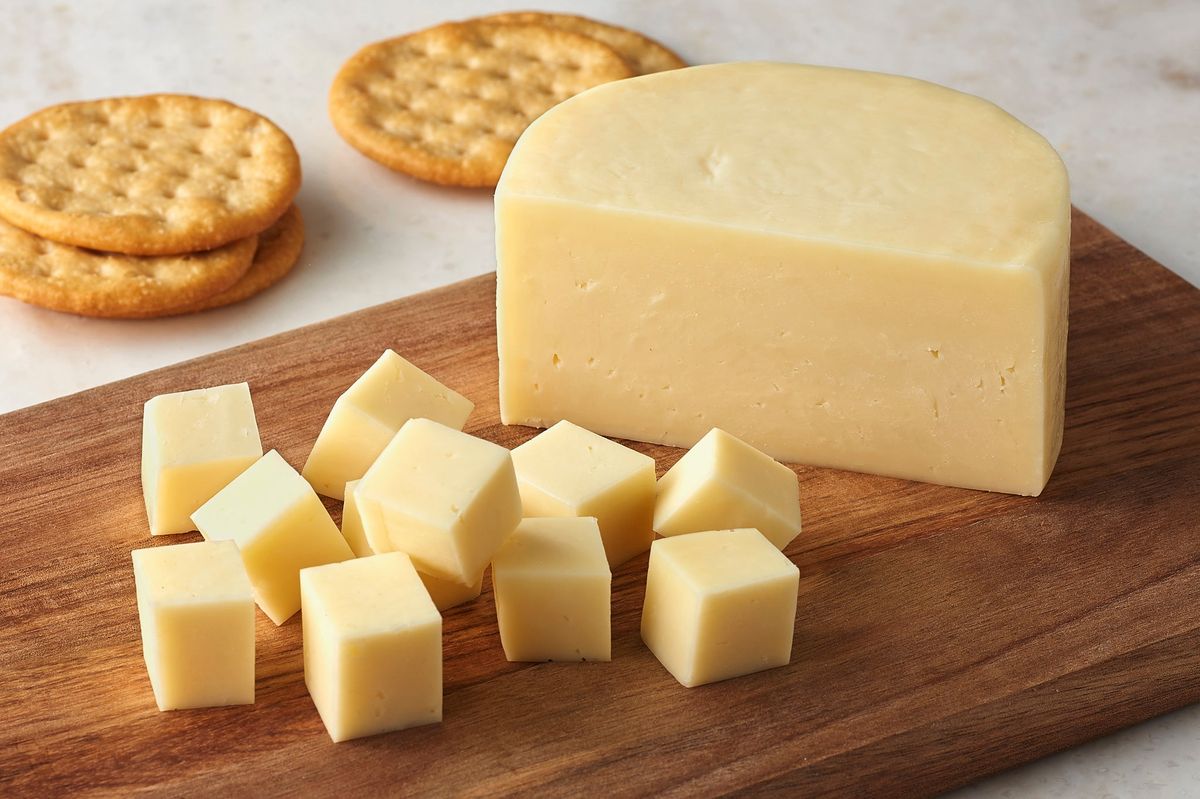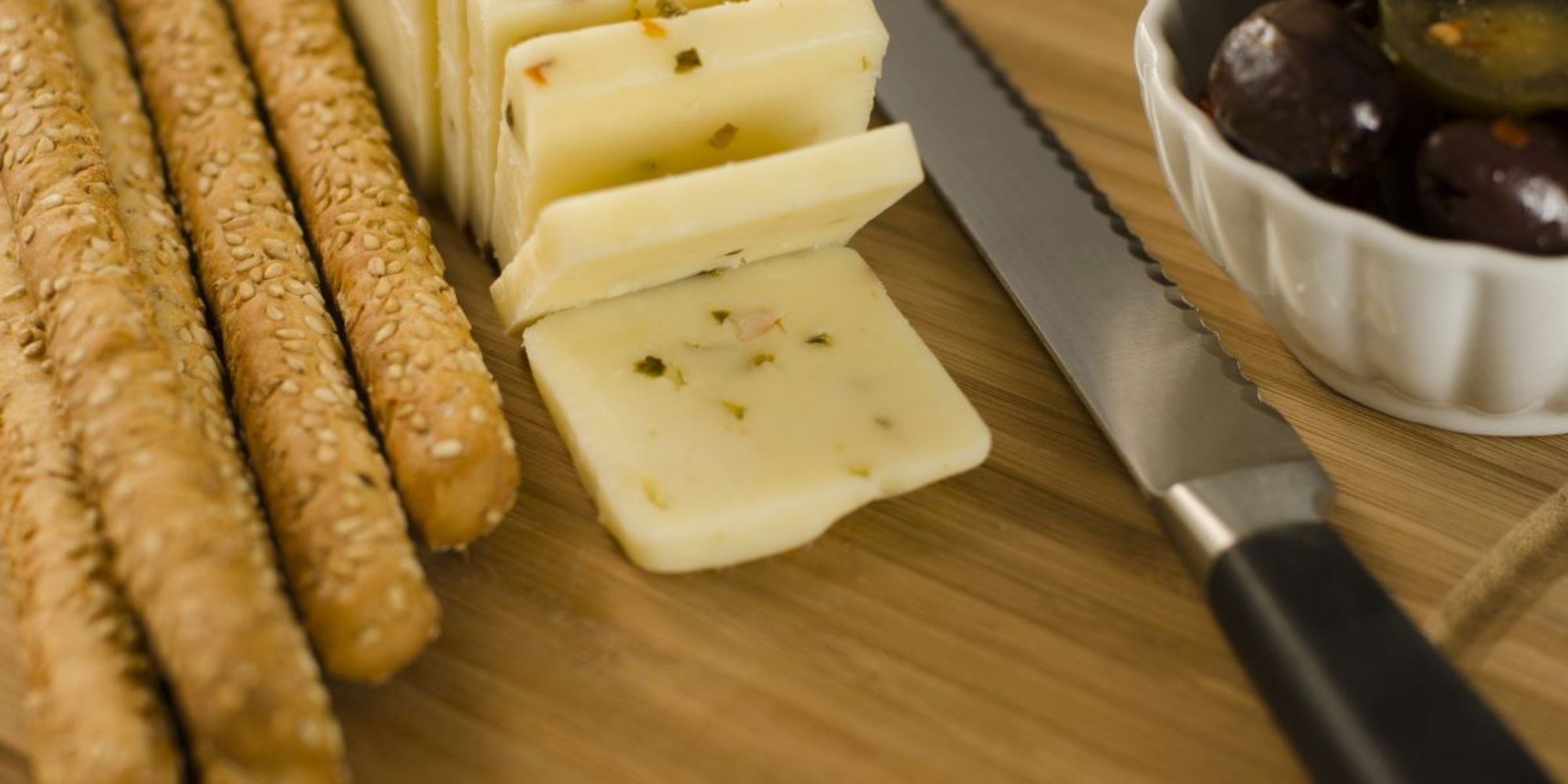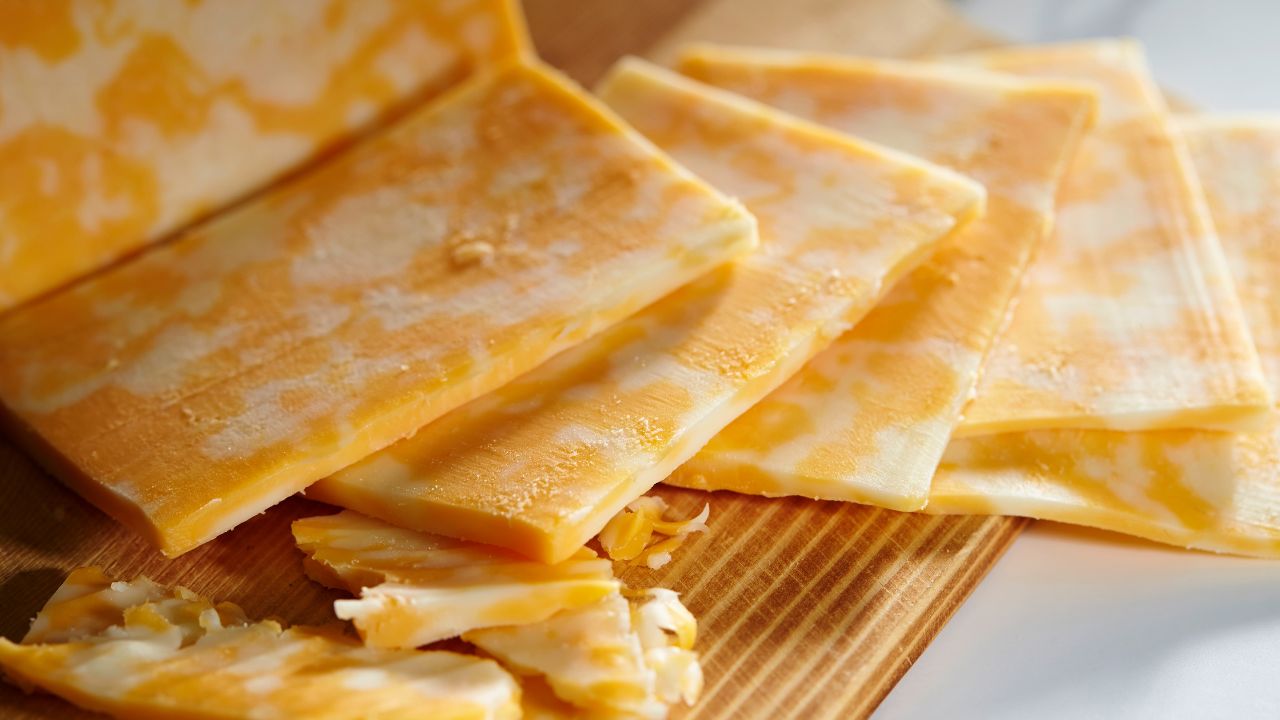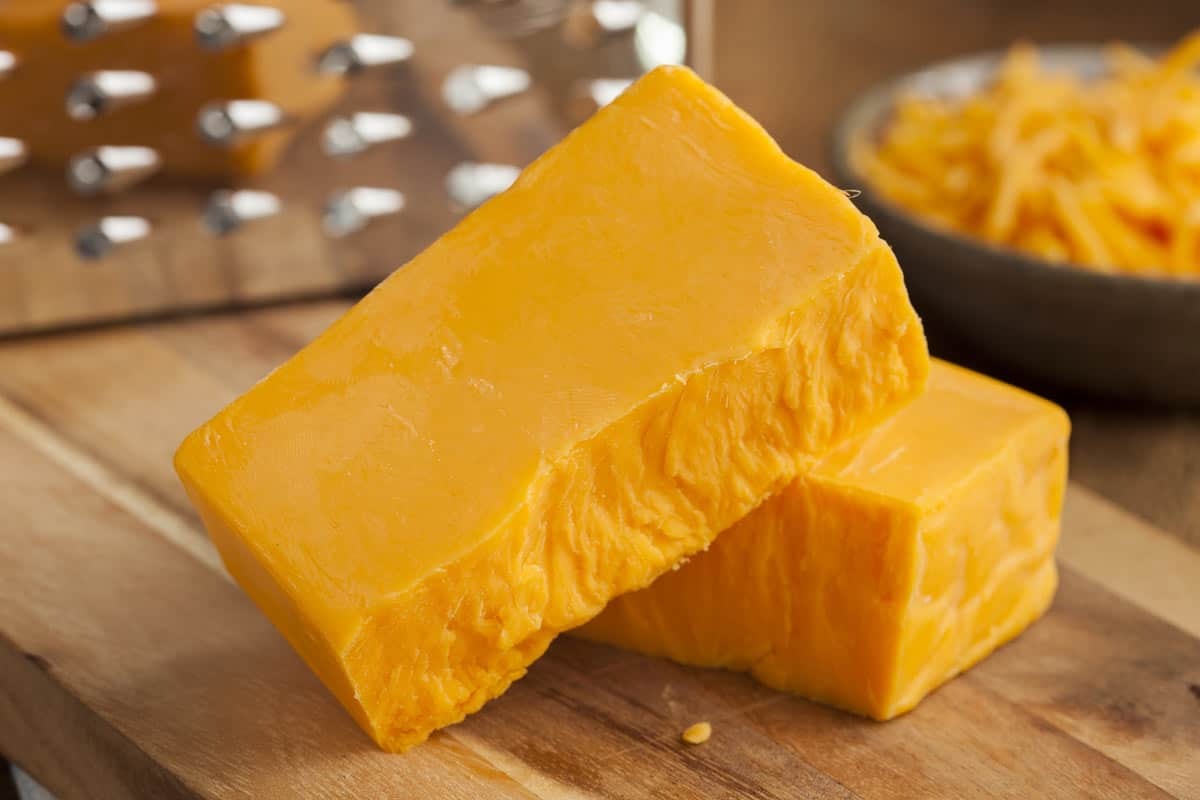Mastering the Art of Filleting a Jack Crevalle
Jack crevalle, also known as the common jack, is a popular game fish that can be found in the warm waters of the Atlantic Ocean, Gulf of Mexico, and Caribbean. Known for its powerful fight and aggressive nature, the jack crevalle is a prized catch for many anglers. Once you’ve successfully reeled in this impressive fish, the next step is to prepare it for a delicious meal. In this guide, we’ll walk you through the process of filleting a jack crevalle so you can enjoy its delectable white meat.
Preparing Your Workspace
Before you begin the filleting process, it’s essential to set up a clean and organized workspace. Here’s what you’ll need:
- Sharp Fillet Knife: A high-quality, flexible fillet knife is crucial for achieving clean and precise cuts.
- Cutting Board: Use a stable cutting board with a non-slip surface to ensure safety during the filleting process.
- Water Hose: Having access to a water hose will allow you to rinse the fish and clean your workspace as needed.
- Container for Discards: Keep a container nearby for disposing of fish scraps and trimmings.
Step-by-Step Filleting Guide
Now that you’re ready to begin, follow these steps to fillet a jack crevalle:
- Make the Initial Cut: Lay the jack crevalle on the cutting board and make a deep incision behind the pectoral fin, cutting down to the backbone.
- Remove the Fillet: Starting from the initial cut, carefully run the fillet knife along the backbone, using smooth and steady strokes to separate the fillet from the ribcage.
- Trimming the Fillet: Once the fillet is removed, trim away any remaining rib bones and dark red meat to ensure the fillet is clean and ready for cooking.
- Repeat on the Other Side: Flip the jack crevalle over and repeat the process to fillet the other side of the fish.
Tips for Success
Filleting a jack crevalle can be a rewarding experience, but it requires precision and attention to detail. Here are some additional tips to keep in mind:
- Stay Patient: Take your time and work methodically to avoid damaging the delicate meat.
- Utilize Proper Technique: Angle the fillet knife to follow the natural curvature of the fish, ensuring maximum yield from each fillet.
- Keep it Cool: For the best results, fillet the jack crevalle as soon as possible after catching it to preserve the quality of the meat.
Enjoying the Fruits of Your Labor
Once you’ve successfully filleted the jack crevalle, you’re ready to cook and savor the delicious white meat. Whether you choose to grill, bake, or pan-sear the fillets, the rich flavor and firm texture of the jack crevalle make it a versatile and delectable addition to any seafood dish. With practice and patience, you’ll soon become adept at filleting this prized game fish, allowing you to enjoy its culinary delights time and time again.
So, the next time you reel in a jack crevalle, put your filleting skills to the test and elevate your seafood culinary repertoire with this impressive catch.
